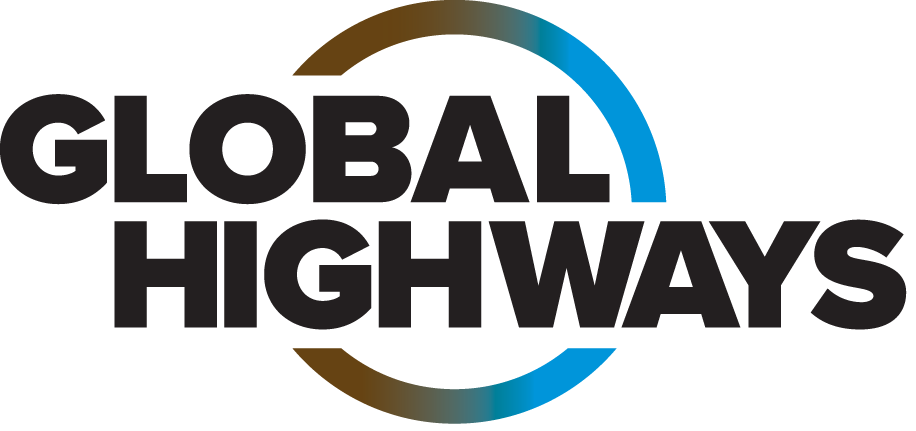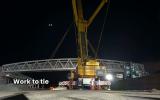
The
Last May, president Xi Jinping welcomed 28 heads of state and government to Beijing to celebrate the “Belt and Road” initiative, an ambitious plan in terms of infrastructure development, but also in terms of foreign policy. Launched in 2013 as “One belt, One road”, it involves China underwriting billions of dollars of infrastructure investment in countries along the old Silk Road linking it with Europe. The Belt and Road initiative is in fact structured along six geographical corridors:
- New Eurasian Land Bridge, running from Western China to Western Russia
- China–Mongolia–Russia Corridor, running from Northern China to Eastern Russia
- China–Central Asia–West Asia Corridor, running from Western China to Turkey
- China–Indochina Peninsula Corridor, running from Southern China to Singapore
- China–Myanmar–Bangladesh–India Corridor, running from Southern China to Myanmar
- China–Pakistan Corridor, running from South-western China to Pakistan
And a Maritime Silk Road, running from the Chinese Coast through Singapore to the Mediterranean. It can be somehow confusing as what is being called as the “Road” is actually the maritime silk road. The physical road corresponds in fact to what is being labeled in the initiative as the “Belt”.
In all, 68 countries have signed up to this initiative that will be covering about 65% of the world’s population, about one-third of the world’s GDP, and about a quarter of all the goods and services the world moves. This is the “Modern Silk Road” for which China will be spending roughly US$150 billion/year.
Many see in this initiative an economic plan designed to open up and create new markets for Chinese goods and technology given the economy slowdown. But with the ultimate long-term goal being that of making Euro-Asia an economic and trading area to rival the transatlantic one.
This will help accelerate the pace of development in China’s less developed provinces and cities, particularly those in the west and central regions. China will be investing heavily in these regions to develop the infrastructure and conditions for them to fulfil their potential.
By building massive amounts of infrastructure connecting it to countries around the globe, China wants to boost trade and stimulate economic growth. Asia has an unshakeable thirst for infrastructure. The state of infrastructure in many countries along the Belt and Road routes is lower than the global average and there is huge demand for its construction. PwC estimates that countries along the route will collectively need $5 trillion of investment in transport infrastructure until 2020.
The ambition is enormous, and the sums of money are equally enormous. Some people have talked about this being the second Marshall Plan. But just to give a sense of the scale, the Marshall Plan was one-twelfth the size of what is being contemplated in the Belt and Road initiative.
For this initiative to be successful it is clear that funds will have to be made available. Secondly, reforms will have to take place within and outside China. Some of these reforms include the improvement of financial integration, trade liberalisation and the opening of markets.
In terms of funds, two major developments have already taken place: the creation of the Silk Road Fund in 2015, and the creation of the Asian Infrastructure Investment Bank (AIIB) in 2016.
The Asian Infrastructure Investment Bank is a new multilateral financial institution. Each member country has a proportion of the votes approximately proportional to its subscribed capital; China is the largest shareholder. Its operations are likely to extend to traditional loans and credit assurance and it is expected to use bond financing and to absorb private capital through PPP ventures. The main objective is to provide funding for infrastructure projects in member countries.
These funding sources theoretically are beginning to move from the drawing board to reality. The ratings agency Fitch said in a report at the beginning of this year that an extraordinary $900 billion in projects were planned or underway. Despite initial scepticism over the creation of these two new financial bodies, there is now real progress. There are still questions to be addressed but it is a fact that funding is beginning to manifest itself in terms of tangible sources. There is still a long way to go: adding together the AIIB, the Silk Road Fund and the New Development Bank created by the BRIC countries in 2012, that is a small amount relative to what needs to be funded, roughly between $2 trillion and $3 trillion/year.
Beside availability of funds, the other big challenge will be winning the trust of investors who will have to get involved in projects which are long term, tricky from a political point of view, and so surrounded by lots of uncertainties. The risk of investing in these emerging markets is still perceived as being quite high. A lot has still to happen to change the level of risk being perceived by private capital. Private money is only going to get deployed if there is transparency and the right balance between public funding and private funding. Last but not least a regulatory system is also needed that can work across borders.
Long-term planning is going to be required in many different ways and at many different levels. It is important to acknowledge the evolutionary nature of these projects. Many of these mega projects and the plan, programmes and projects they spawn will need to evolve in response to changing contextual influences that exert themselves over the project life cycle. This will require preparing flexible, robust and adaptable strategies that are able to address and respond to the complexities they pose, especially in relation to their interaction with the areas and sectors they impact upon.
Ensuring the availability of suitable institutional, policy, and legislative frameworks in both the short and the long-term will be key so as to ensure that these projects retain the capability to deliver the fullest possible range of transformational benefits.
Also political champions can and will play a very critical role in building consensus and driving projects forward.
The Belt and Road Initiative will be at the centre of the deliberations of the 18th IRF World Road Meeting, scheduled in New Delhi on 14th-17th November 2017. Organised by the International Road Federation (IRF) every four years for the past 60 years, the IRF World Meeting has become a must-attend event for the sector. This 18th edition of WRM benefits from the support of 28 other organisations from the sector including: FIA, IRU, UNECE, World Bank, iRAP, PIARC, TRB and UITP.
The China Highway and Transportation Society (CHTS) – an esteemed member of IRF – will be hosting a special Session on the Belt and Road Initiative. Besides offering an overview of the overall initiative and the projects in the pipeline, the session will discuss in particular the newly established International Transport Alliance (ITA). Conceived as a platform to enhance multi-level and wide-ranging cooperation between the countries along the Belt and Road, ITA will look – amongst others - into ways to harmonise technical standards procurement procedures and contracts.








